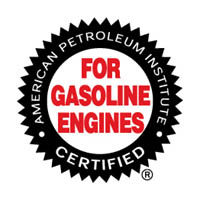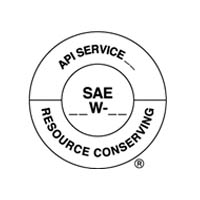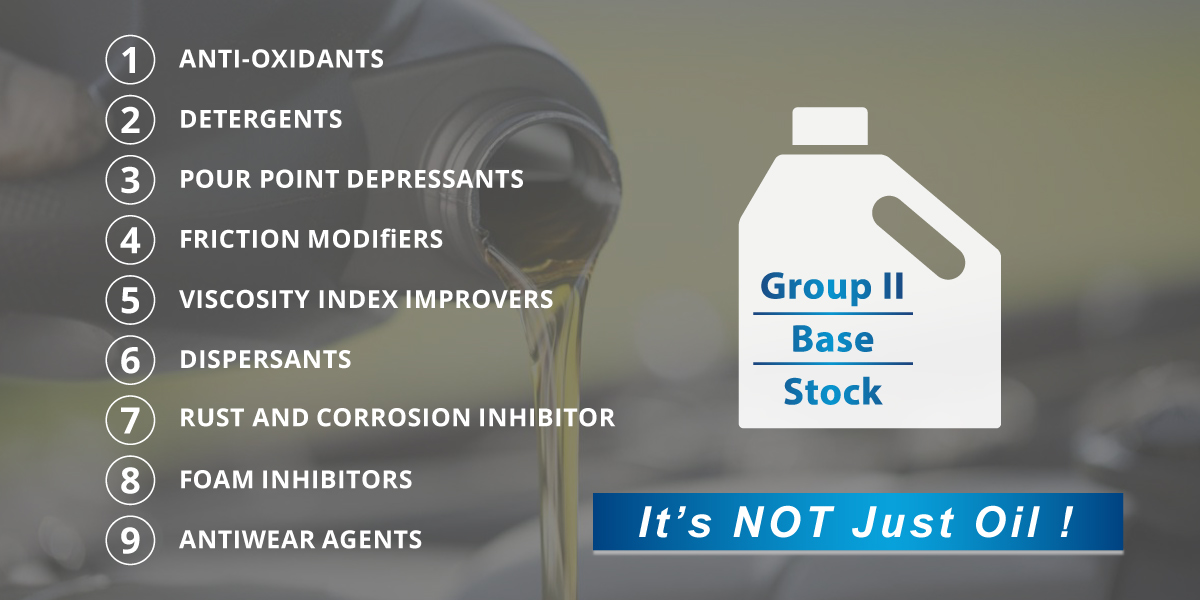OVERVIEW ABOUT API’S ENGINE OIL LICENSING AND CERTIFICATION SYSTEM (EOLCS)
API’s Engine Oil Licensing and Certification System (EOLCS) is a voluntary licensing and certification program that authorizes engine oil marketers that meet specified requirements to use the API Engine Oil Quality Marks. Launched in 1993, API’s Engine Oil Program is a cooperative effort between the oil and additive industries and vehicle and engine manufacturers Ford, General Motors, and Fiat Chrysler and those represented by the Japan Automobile Manufacturers Association and the Truck and Engine Manufacturers Association. The performance requirements and test methods are established by vehicle and engine manufacturers and technical societies and trade associations such as (ASTM), (SAE), and the American Chemistry Council (ACC).
The Engine Oil Program is backed by monitoring and enforcement program that ensures licensees adhere to program requirements. This includes running physical, chemical, and performance tests on licensed engine oils and verifying that the API-registered Marks are properly displayed on containers and convey accurate information to consumers.
About half of the program’s licensees are based in the United States, and the other half are spread around the globe. A complete list of licensees is available on our licensee directory.


REQUIREMENT
The program’s requirements are described in API 1509, Engine Oil Licensing and Certification System. This standard describes the program’s performance requirements, explains the current engine oil service categories, shows how the marks are to be used, and explains the monitoring and enforcement program. Standards referenced by API 1509, such as ASTM D 4485, Standard Specification for Performance of Engine Oils, and SAE J300, Engine Oil Viscosity Classification, also play a critical role in defining the program. These can be purchased through their sponsoring organizations.
OIL CATEGORIES

ADDITIVES
Extreme Pressure (EP) Agents
What It Does
- Prevents welding and subsequent wear or seizure of contacting metal parts under extreme or shock load conditions.
How It Works
- Additive combines chemically with surface to form a surface film.
- Reaction usually occurs at high temperatures, which result when asperities collide.
Emulsifier
What It Does
- Promotes rapid mixing of oil and water promoting formation of a stable emulsion.
How It Works
- Reduces interfacial tension and permits intimate mixing of oil and water.
Foam Inhibitor
What It Does
- Prevents formationof stable foam.
How It Works
- Promotes combination of small bubbles into large bubbles, which in turn collapse more easily.
Friction Modifier
What It Does
- Alters coefficient of friction.
How It Works
- Forms an easily sherable film on metal surfaces.
Metal Deactivator
What It Does
- Reduces the catalytic effect of metals on oxidation rate.
How It Works
- Forms an inactive film on metal surfaces by combining with metallic ions.
Rust Inhibitor
What It Does
- Prevent rusting of ferrous (iron or steel) machine parts.
How It Works
- Forms a film on ferrous parts thus protecting them frm water or other destructive materials.
Pour Point Depressant
What It Does
- Lowers the pour point and enables the lubricant to flow at low temperature.
How It Works
- Changes the size and shape wax crystals.
Viscosity Modifier (VM) or Viscosity Index Improver (VII)
What It Does
- Reduces rate of change of viscosity with temperature and makes possible the formulation of multigrade oils.
How It Works
- Polymers uncoil as temperature rises, thus increasing their effective size and viscosity.
Antiwear Agent
What It Does
- Minimizes wear caused by metal-to-metal contact during conditions of mild boundary lubrication.
How It Works
- Additive reacts chemically and forms a film on metal surfaces under normal operating conditions.
Antioxidant or Oxidation Inhibitor
What It Does
- Inhibits varnish and sludge formation.
- Reduces viscosity increase resulting from oil oxidation.
- Reduces formation of corrosive acids.How It Works
- Slows the rate of reaction with oxygen by interruption of chain reactions or by decomposing reactive peroxides.
Demulsifier
What It Does
- Loosens and breaks stable emulsions.
How It Works
- Lowers emulsion stability.
Corrosion Inhibitor
What It Does
- Prevents corrosive attack on nonferrous metallic surfaces.
How It Works
- Forms a film on nonferrous metallic parts thus protecting them from attack by contaminants in the oil.
Detergent
What It Does
- Prevents oxidation products (gums) which have formed in the oil form sticking to metal parts.
- Neutralizes acidic contaminants.How It Works
- Chemically react with oxidation products (gums) so that they remain soluble in the oil and do not stick to metal surfaces.
- Metallic Base Reacts With Acid
Dispersant
What It Does
- Keeps oxidation products separated and suspended in the oil, retards formation of sludge and reduces soot related viscosity increase.
How It Works
- Additive adsorbs on surface of gum particles or soot and inhibits agglomeration.